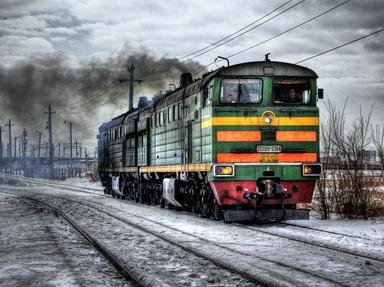5. The first trip of a Shinkansen train took place on 1 October 1964, ten days before the beginning of which landmark event in Japan's post-war history?
From Quiz Japanese Bullet Trains - Shinkansen!
Answer:
The first Tokyo Olympics
While becoming a member of the United Nations in 1956 enabled post-war Japan to establish itself in the international community, hosting the 18th edition of the Olympic Games was essential to its transformation into a major player on the international stage. The unveiling of the first Shinkansen line, completed in just five years, became a symbol of the new Japan - accompanied by the slogan "Be in time for the Olympics".
At 6 a.m. of 1 October 1964, the Series 0 "Hikari" train, a striking piece of machinery with a distinctive, bullet-shaped nose cone (hence the nickname of "bullet train") and an immaculate, ivory-and-blue livery, left Tokyo Station's Platform 19 on its first journey on the Tokaido line connecting the capital with Osaka. The train originally took four hours to cover the 515 km (320 mi) between the two cities, travelling at a speed of 210 km/h (130/mph). By the following year, the duration of the journey had shortened to 3 hours 10 minutes, and the train's speed had increased to 220 km/h (137 mph). The colours of the train's livery, which had never been used before, symbolized its safety (due to the lack of level crossings), which rendered the use of cautionary colours such as red or yellow unnecessary.
The impact of the introduction of the Shinkansen on Japanese economy and society as a whole was enormous, and ushered an era of growth and prosperity for the country. The success of these trains also encouraged other countries to build their own high-speed rail systems.
Crown Prince Akihito's wedding to Michiko Shoda happened in 1959, while the Osaka World Expo took place in 1970.
This winning question sped into the quiz with just a little help from LadyNym from Team Phoenix Rising.





 = Top 5% Rated Quiz,
= Top 5% Rated Quiz,
 Top 10% Rated Quiz,
Top 10% Rated Quiz,